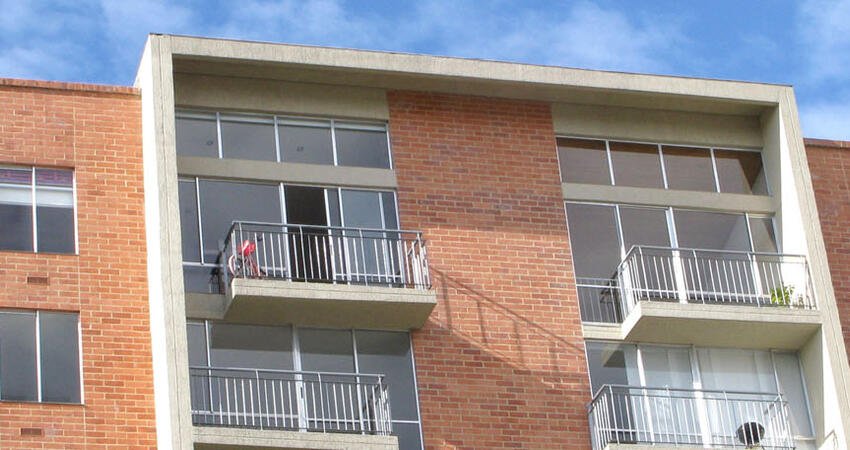
Renters Face Greater Challenges Than Homeowners at Meeting Their Basic Needs
- Title:
- Renters Face Greater Challenges Than Homeowners at Meeting Their Basic Needs
- Author:
-
Corianne Payton Scally, Dulce Gonzalez
- Source:
-
Urban Institute
- Publication Date:
-
2018
In recent years, housing costs have increased across the country, making it more difficult for families to become homeowners or afford a roof over their head. The financial insecurity caused by high housing costs puts pressure on households to meet other basic needs like food, healthcare, and utilities. This study analyzes the extent of these impacts and material hardship and financial security differ among homeowners and renters. Using data from the Urban Institute’s Well-Being and Basic Needs Survey, a nationally representative internet survey of adults ages 18 to 64, the study analyzed the prevalence of financial security and material hardship among 4,518 homeowners and 3,047 renters, controlling for demographic and economic differences and income categories. Material hardship was measured by a household’s ability to afford adequate housing, food, utilities, and health care, and financial security was measured by a household’s confidence in producing funds in an emergency and the number of financial shocks experienced within a 12-month period.
Key findings
- Compared with homeowners, renters are less likely to have access to emergency savings and more likely to experience an unexpected drop in income. More renters (27.8 percent) than homeowners (18.4 percent) are not confident in their ability to cover an unexpected expense of $400, and among households with incomes below 200 percent of the federal poverty level, 50 percent of renters report low confidence in their ability to cover an unexpected expense of $400 compared with 38 percent of homeowners.
- Nearly half of renters (45.8 percent) report at least one material hardship in the past year, compared with just over one-third (35.7 percent) of homeowners, and renters consistently report higher rates of material hardship across all domains of the study. Nearly one-third (29.6 percent) of all renters live in a food-insecure household, a share ten percentage points above that of homeowners (19.2 percent).
- Although homeowners report greater financial security and lower rates of material hardship than renters, many low-income homeowners still struggle to meet their basic needs. Nearly one-third (29.6 percent) of low-income homeowners (200 percent below the federal poverty level) report household food insecurity, compared with 7.3 percent of homeowners with the highest incomes (at least 400 percent the federal poverty level).
- Among adults reporting low confidence in their savings capability, renters are more likely than owners to report experiencing hardship. Four in 10 renters (40.3 percent) with low emergency savings report problems paying utility bills, a share nearly eight percentage points higher than that of low-savings homeowners.
Photo by juan carlos tinjaca/Shutterstock


